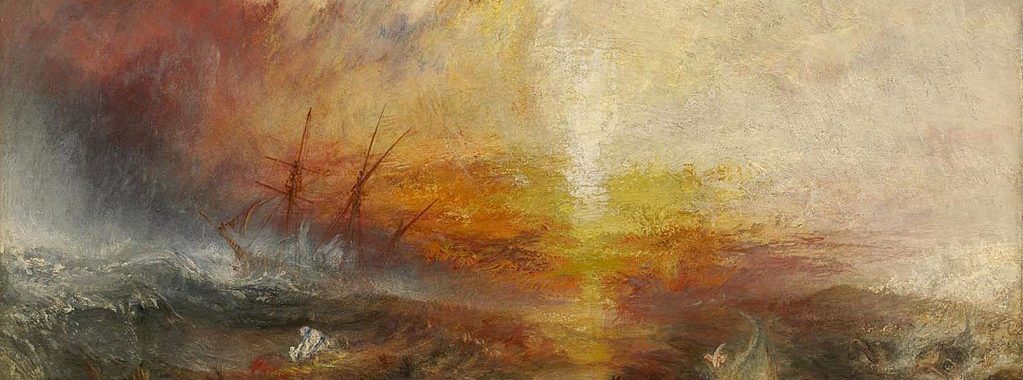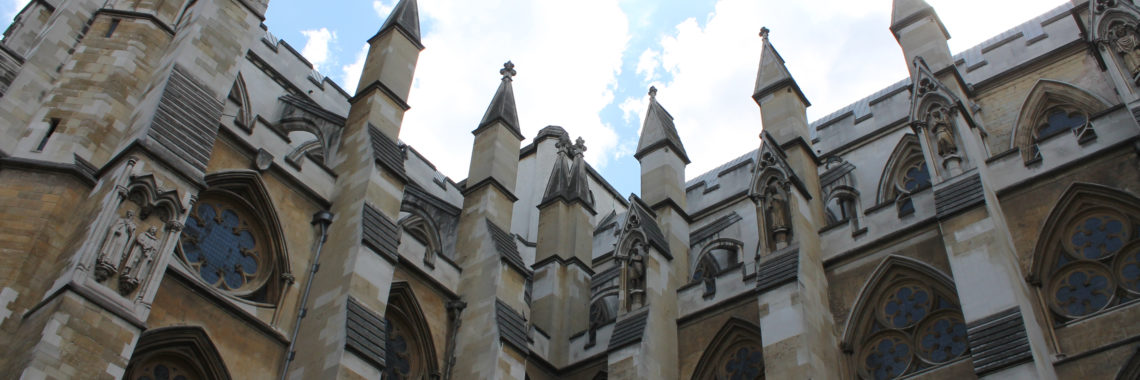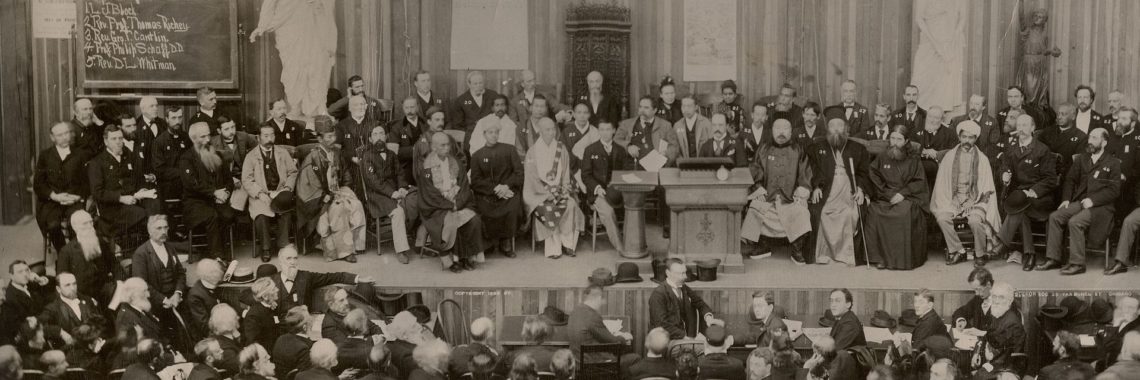“Defining the True Meaning of Racism: The Law & Religion of Colonial America (Part III)” by Audra L. Savage
“Slave Ship: Slavers Throwing Overboard the Dead and Dying, Typhoon Coming On” by J.M.W. Turner 1840 / Wikimedia/ PD This article is part of our “Race, Religion, and Law” series.If you’d like to check out other articles in this series, click here. This is the the third installment of a three-part series that explores legal, religious, and…









